In 2020 the theme of Bleeding Disorders Awareness Week was One community, many faces. In our community there are many different experiences of bleeding disorders. Here, some of our community members with haemophilia and VWD share their personal stories.

You can read their full stories and see their videos on the HFA website Bleeding Disorders Awareness Week section.
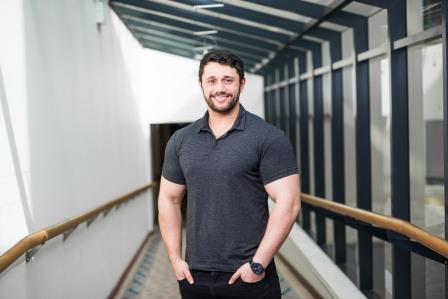
You might not think to put ‘haemophilia’ and ‘weightlifting’ in the same sentence, but for Tim, this has been a way to develop his passion for exercise and keeping healthy.
Tim is in his mid-20s and has severe haemophilia A. He has been a full-time paramedic for the past 5 years and describes himself as ‘feeling passionately’ about physical exercise. He explains that paramedics have one of the highest rates of work-related injuries compared to many other jobs and therefore, staying healthy is very important to him regardless of having haemophilia.
> Read Tim's full story and watch the video
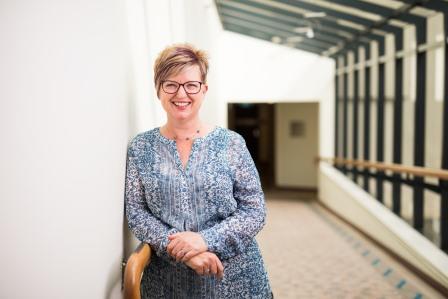
Sharron’s father Glenn has haemophilia, so she has always known and lived with haemophilia. When she was a child it was thought that only boys had haemophilia, so it was a surprise to her parents when Sharron was diagnosed with mild haemophilia A.
Growing up, it was a challenge to be accepted as a girl with haemophilia.
‘Mum would always go to the school to explain haemophilia to the teachers, but the doctors wouldn’t believe I had it as “boys have haemophilia, not girls”. I learned at a young age to advocate for myself.’
With a family history behind her, including her own, she has been relieved to see that the experience of growing up with haemophilia has been so much better for her son – but proud, too, of how he has dealt with his bleeding disorder.
‘Ben’s experience growing up was so different to mine, and even more to my dad’s era, with better treatment and people are more accepting. Ben wouldn’t change having haemophilia as it has made him the person he is and meant he met all the wonderful people. We are so lucky to be part of such a tight knit community and the friendships that we have made along the way.’
> Read Sharron's full story and watch the video
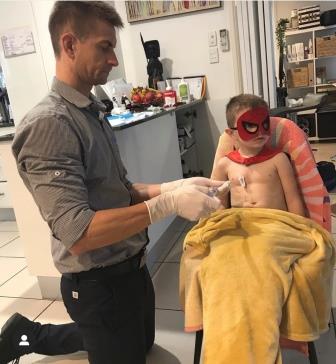
Being the father of a small boy with severe haemophilia is full of challenges. For Ben this has involved a big learning curve, but this is a role he has taken on gladly.
‘Treating Ryder has not always been easy. We have always made a point of never skipping any of his treatments no matter how hard it was for him to understand or like what was going on. We made him his own factor kits for him to practice giving factor to his teddies (removed the needle from the grippers). We had toys or noisy forms of distractions in the first two years of treating him, and now he is generally comfortable watching one of his favourite shows on TV while we do it. We do also have a small factor treat bag with small inexpensive toys or a new book, puzzles etc – he gets to choose one after his treatment.’
‘Boys will be boys, so keeping him cotton-balled was never something we wanted to do. I’m glad that by letting him do certain things, his eye-hand co-ordination, reflexes, agility and spatial awareness are very good, and he avoids some hard knocks that might cause more significant bruising or bleeds.’
‘My advice to parents, is to be patient and make sure that you also look after your partner/wife and other family members – they are going through this with you. It’s not easy.’
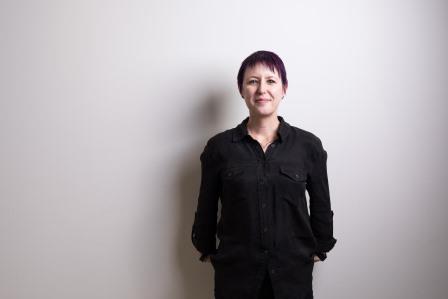
‘I have type 1 von Willebrand disease (VWD), which is often explained as a mild condition which does not impact heavily on most people’s lives. But everyone’s experience is different. Growing up, I was prone to bruising and bled freely. However, my mother maintained that our family were fast healers, so it was OK. I remember hearing, “oh we just bruise, that’s what we do”.
‘However, when my son was diagnosed with type 3 VWD, this led to the testing and diagnosis of both my partner and me. Initially I was shocked, but the more I read about the condition, the more the pieces of the puzzle fell into place. The massive swellings on my legs the size of my fist I got with mosquito bites. The flooding and the massive clots passed with my periods. The time I grazed the back of my foot going downstairs and it bleed for hours, prompting a hospital trip for care. The oozing bleeding after routine dental visits. The countless other times I noticed, Oh, I’m still bleeding, like it’s just oozing…’
> Read Susie's full story and watch the video
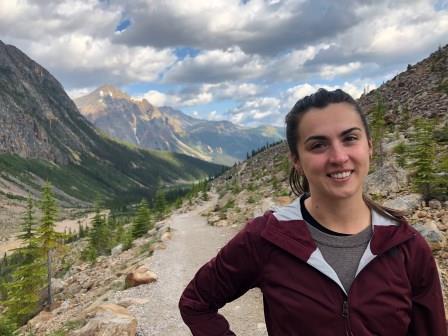
‘As a baby learning to walk, I was progressively becoming covered in bruises with no known
reason why. After I fell and cut my lip, the bleeding continued until I was taken to hospital via ambulance where I was diagnosed with type 3 von Willebrand disease. With no known family history of this condition, my parents carefully navigated through my upbringing, figuring things out along the way under the guidance of my haematology team.
‘Growing up with von Willebrand’s, I’ve seen a great deal of change to my treatment plans over the years. My symptoms evolve as I age, and I have also experienced changes in my lifestyle that have required a different level of care. Keeping record of my changing symptoms helped establish new care plans, including updating contraceptive methods to manage bleeding, through to moving away from on demand treatment to a prophylactic routine to prevent ongoing joint damage.’

Growing up with haemophilia in the 1950s and 1960s was very different to having haemophilia today.
There is a long history of haemophilia in Mike’s family. Both his mother and his grandmother carried the gene for haemophilia. Three of his uncles had haemophilia, but this was in the 1930s before effective treatments, and they died in their 20s.
‘New treatments today are far better than back in the days when factor treatment first came out. But when I received my first factor treatment, it was a blessing,’ said Mike.
The bleeds into his joints left Mike with permanent joint damage in his ankles and elbows.
Mike commented, ‘I am aware of my limitations and know what I can and can’t do. I know the older you get, things happen, but I like to keep as active as I can. In the future I would like to still be independent and get around. I know not to push myself but to be positive and resilient.’
> Read Mike's full story and watch the video
Haemophilia Foundation Australia acknowledges the Traditional Owners and Custodians of Country throughout Australia, the land, waters and community where we walk, live, meet and work. We pay our respects to Elders past and present and extend that respect to all Aboriginal and Torres Strait Islander peoples.
Sign up for the latest news, events and our free National Haemophilia magazine